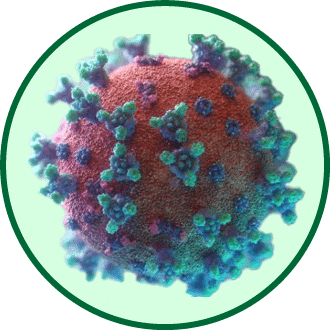The Science of Sleep: Decoding Circadian Rhythms
Introduction:
Sleep isn't just a nightly reprieve from our hectic lives—it's a biological necessity driven by complex processes. One critical player in the sleep-wake cycle is the circadian rhythm. Delve into the science behind these rhythms to understand the intricate dance of hormones, cells, and genes dictating our rest and alertness.
1. The Origin of Circadian Rhythms: From Latin to Laboratory
- Historical Context: The term "circadian" is derived from Latin: "circa" meaning "around" and "diem" meaning "day."
- Inherent Nature: Every organism, from bacteria to humans, exhibits circadian-like behaviors, highlighting their evolutionary significance.
- Keywords: historical context, evolutionary significance.
2. The Master Clock: Suprachiasmatic Nucleus (SCN)
- Location and Significance: Situated in the hypothalamus, the SCN is the central orchestrator of circadian rhythms.
- Function: By receiving light input from the eyes, the SCN synchronizes the body's internal clocks with the outside world.
- Keywords: Suprachiasmatic Nucleus, hypothalamus, light input.
3. Genes and Molecular Mechanisms
- Clock Genes: Introducing genes like CLOCK and BMAL1, responsible for driving circadian rhythms.
- Feedback Loops: Detailing how these genes form a feedback system to maintain a roughly 24-hour cycle.
- Keywords: clock genes, CLOCK, BMAL1, feedback loops.
4. Melatonin: The Sleep Hormone
- Production and Regulation: Pineal gland's role in melatonin synthesis and how it's influenced by light exposure.
- Function: Melatonin signals to the body that it's night, preparing us for sleep.
- Keywords: melatonin, pineal gland, light exposure.
5. External Zeitgebers: Environmental Cues
- Light: The primary zeitgeber, it influences the SCN and can shift circadian rhythms.
- Temperature and Food: Other cues that can influence or entrain our body's internal clocks.
- Keywords: zeitgebers, entrain, environmental cues.
6. Circadian Rhythms Beyond Sleep
- Body Temperature: Our body temperature fluctuates with a circadian rhythm, typically peaking in the evening and dipping at night.
- Hormone Production: Hormones like cortisol also follow a circadian pattern, influencing our stress response and energy levels.
- Keywords: body temperature, hormone production, cortisol.
7. Disrupted Circadian Rhythms: Consequences and Considerations
- Jet Lag: A prime example of misaligned circadian rhythms, resulting from rapid trans-time zone travel.
- Shift Work: How inconsistent work hours can disrupt our body's internal clocks, leading to health issues.
- Health Implications: Chronic misalignment can lead to disorders like insomnia, depression, obesity, and even cardiovascular disease.
- Keywords: jet lag, shift work, health implications, insomnia.
8. Optimizing Circadian Health
- Regular Sleep Schedule: Importance of consistency in wake and sleep times.
- Natural Light Exposure: Prioritizing daylight exposure, especially in the morning, to reinforce natural rhythms.
- Mindful Technology Use: Blue light from screens can suppress melatonin, so consider limiting evening tech usage or using blue light filters.
- Keywords: sleep schedule, natural light, blue light.
Conclusion:
The circadian rhythm, with its molecular intricacies and environmental interactions, plays a pivotal role in governing sleep and overall health. As science continues to uncover its secrets, we're reminded of the importance of aligning with our biological clock. Doing so not only ensures restorative sleep but also optimal well-being in our waking hours.
Keywords: circadian rhythm, Suprachiasmatic Nucleus, melatonin, zeitgebers, clock genes, feedback loops, body temperature, jet lag, natural light, blue light.
